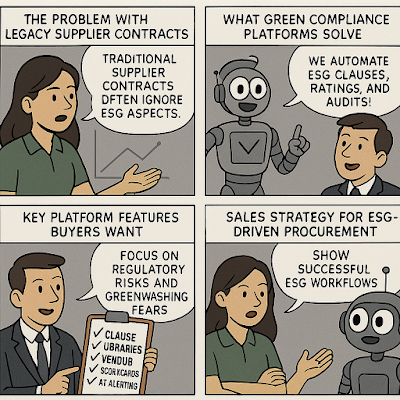How to Use Private Placement Annuities for Tax Deferral

How to Use Private Placement Annuities for Tax Deferral For high-net-worth individuals seeking tax-efficient investment strategies, Private Placement Annuities (PPAs) are powerful tools. These annuity contracts are structured for accredited investors, offering the benefit of tax-deferred growth on investments held within the annuity wrapper. Used correctly, PPAs can reduce income tax, defer capital gains, and optimize wealth transfer strategies. 💼 Table of Contents What Is a Private Placement Annuity? Tax Benefits of PPAs Investment Options Inside a PPA How to Structure a PPA for Maximum Efficiency Risks and Regulatory Considerations 📘 What Is a Private Placement Annuity? A PPA is a variable annuity offered privately to accredited investors or qualified purchasers. Unlike retail annuities, PPAs offer access to alternative investments such as hedge funds, private credit, or real estate within a tax-deferred structure. They are typically issued...



